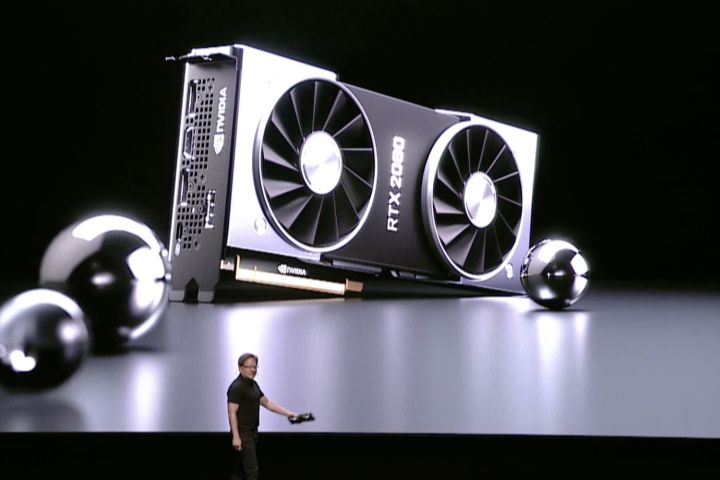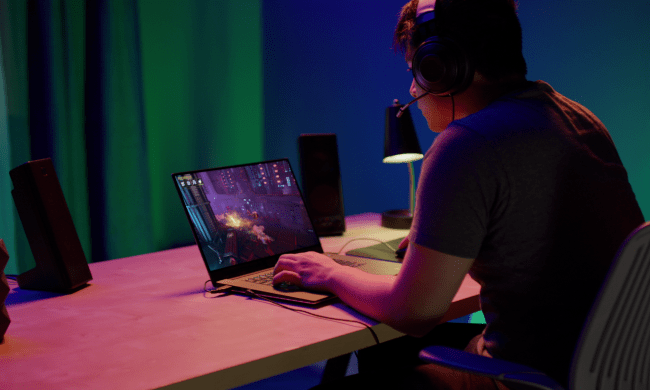
Dell and Acer have both announced support for the new GeForce RTX GPUs across the companies’ lineup of gaming desktops. The pair of announcements was timed with Nvidia’s Gamescom keynote where CEO Jensen Huang introduced the world to the next generation of consumer graphics cards, dubbed the GeForce RTX 2000 series.
In particular, Nvidia announced three specific cards: The RTX 2070, 2080, and 2080 Ti. These GPUs all come with real-time ray tracing, a highly anticipated feature in graphics that dramatically increases the realism of lighting and shadowing in games.
On the Acer side of things, these new graphics cards will be coming to Predator Orion 9000, 5000, and 3000 gaming desktops. The cheaper Predator Orion 3000 will include the RTX 2070, the Orion 5000 will go up to the RTX 2080, and the Orion 9000 can be configured all the way up to the RTX 2080 Ti.
“Acer is excited to be among the first to provide gamers the choice of the latest NVIDIA GeForce RTX GPUs on our Orion series gaming desktops,” said Acer in a press release. “With our commitment to bringing the latest technology in time to the market, gamers will be able to enjoy the latest breakthroughs in graphics for an incredible gaming experience.”
Acer hasn’t announced exact pricing and availability specifics, though it says it will vary by region.

As for Alienware products, Dell has announced next-generation GPU support for both its Alienware Aurora and Area-51 gaming desktops. Dell hasn’t provided specifics as to which systems will feature which GPUs, but we’d expect the Area-51 to be maxed out with up to the RTX 2080 Ti. The configuration options for the Alienware Aurora system currently start at a GTX 1050 Ti, maxing out at the GTX 1080, which might clue us in on what options will be available in the RTX series.
Dell also mentioned that the systems would include support next-generation AMD graphics cards, though those cards haven’t been announced just yet.
While we don’t have pricing or availability details yet for the Area-51, we do know the Aurora will be available for purchase in October and will start at $900. That’s the same starting price as the current Alienware Aurora, though we don’t know what exact GPUs will be included in the base model.



